I have searched for this and found answers that do not work in my case. I would appreciate some thoughts on this
- I have set up a github page at: https://ir-ischool-uos.github.io/mwpd/
- Some users reported that when they visit the page, an error about security is displayed, like this on Chrome:
 - However, many users say it works ok for them.
- However, many users say it works ok for them.
I have found some sources say that this only happens if your link contains 'https' instead of 'http', but tested on two computers, one mobile phone and one tablet they both work fine. I also found source that say I should use GitHub page's https support, and I checked my setting this already is ticked.
Is there anything I can do to fix this for every user? Thanks